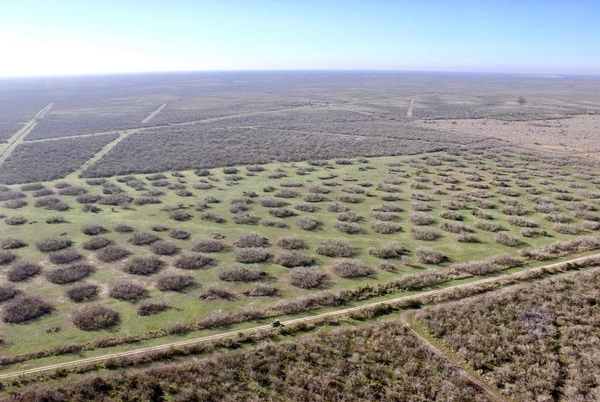
Wildlife Habitat–General Requirements

Wildlife has a certain requirement for cover. Cover provides a sense of security from disturbance and protection from inclement weather and predators. The amount and kind of cover vary with the species. A stand of herbaceous plants may provide adequate cover for some bird species and small mammals, while other species require woody cover (trees and shrubs) in lieu of or in addition to herbaceous cover. The best cover for a large species such as white-tailed deer is a pattern or mosaic of woody brush and trees interspersed within open areas. Clumps or strips of brush should be wide enough so that an observer cannot see through them from one side to the other during the winter months when deciduous species are bare of leaves. Cover strips should be as continuous as possible to provide travel lanes. A habitat that provides several different types and arrays of cover benefits more species of wildlife than a habitat that has limited types, amounts, and distribution of cover. Management of vegetation, whether it be deciduous post oak woodlands, ashe juniper woodlands, mesquite brush land, or open grasslands, requires long-term planning.
Any vegetation manipulation practice will have an impact on resident wildlife species, either good or bad, depending on the type of treatment used, the degree of use, and location. Before implementing vegetation control techniques, determine what the long-term effects will be for each concerned species and minimize the negative impacts. Consider the location and size of sensitive wildlife habitats that provide important nesting or roosting sites, feeding areas, desirable wildlife food producing plants, cover, water, and space needs. Wildlife can be displaced by disturbance from an area without adequate escape or security cover, especially on small properties.
The long-term goal should be to maintain a very wide variety of browse plants (trees, brush, and vines). They are important food sources for white-tailed deer and quail, and a source of cover for many species of wildlife, game and nongame.
The more “edge-effect” you can create, the more diversity you create. The more diversity you create, the higher quantity and quality of wildlife you will attract and hold. The old adage, “measure twice, cut once” is never truer than in brush manipulation practices.
All photo and content herein is copyrighted property of Spring Creek Outdoors, LLC and may not be copied/reproduced or otherwise used in any way without express written permission from Spring Creek Outdoors, LLC. All rights reserved.
Posted in: Land Management
